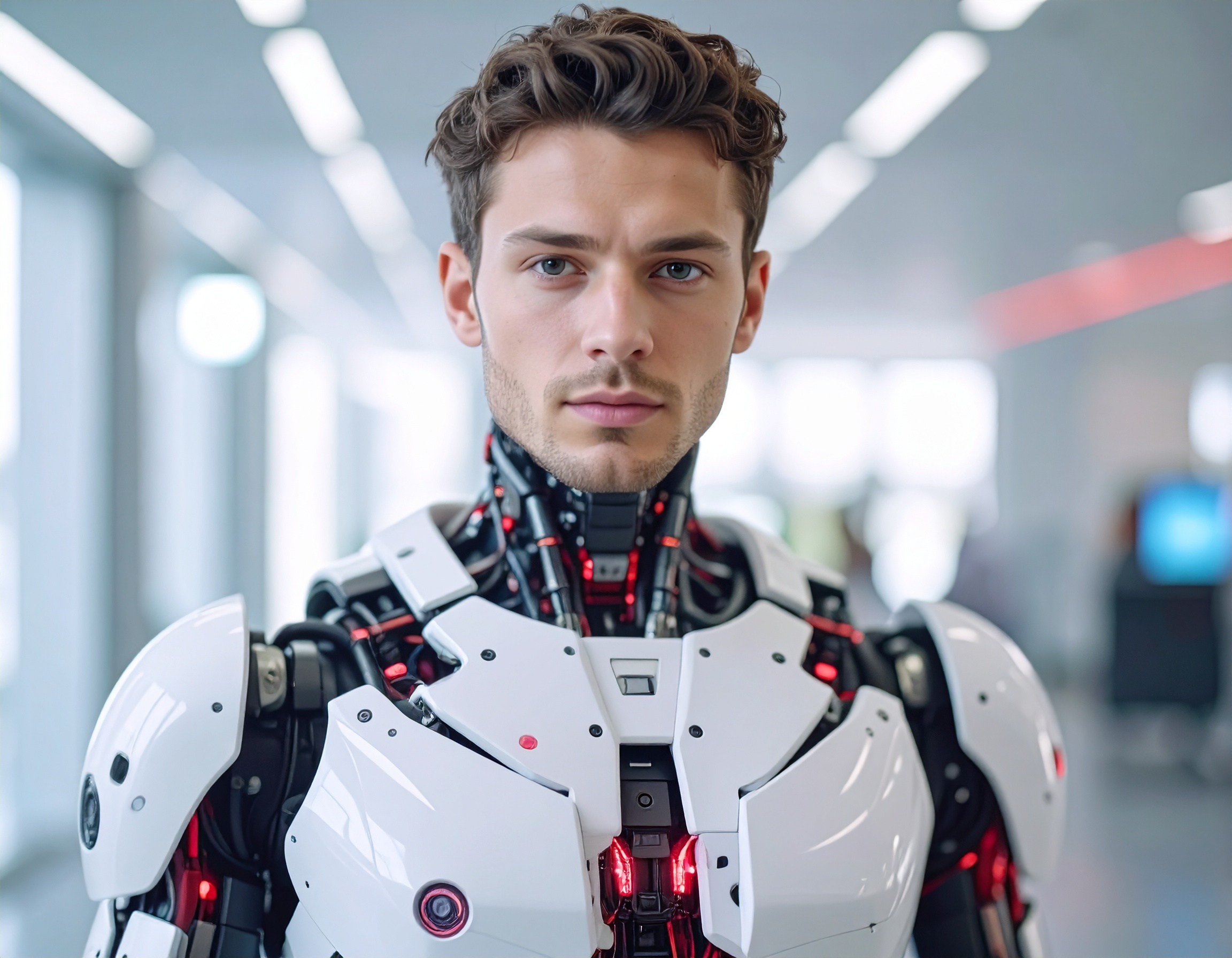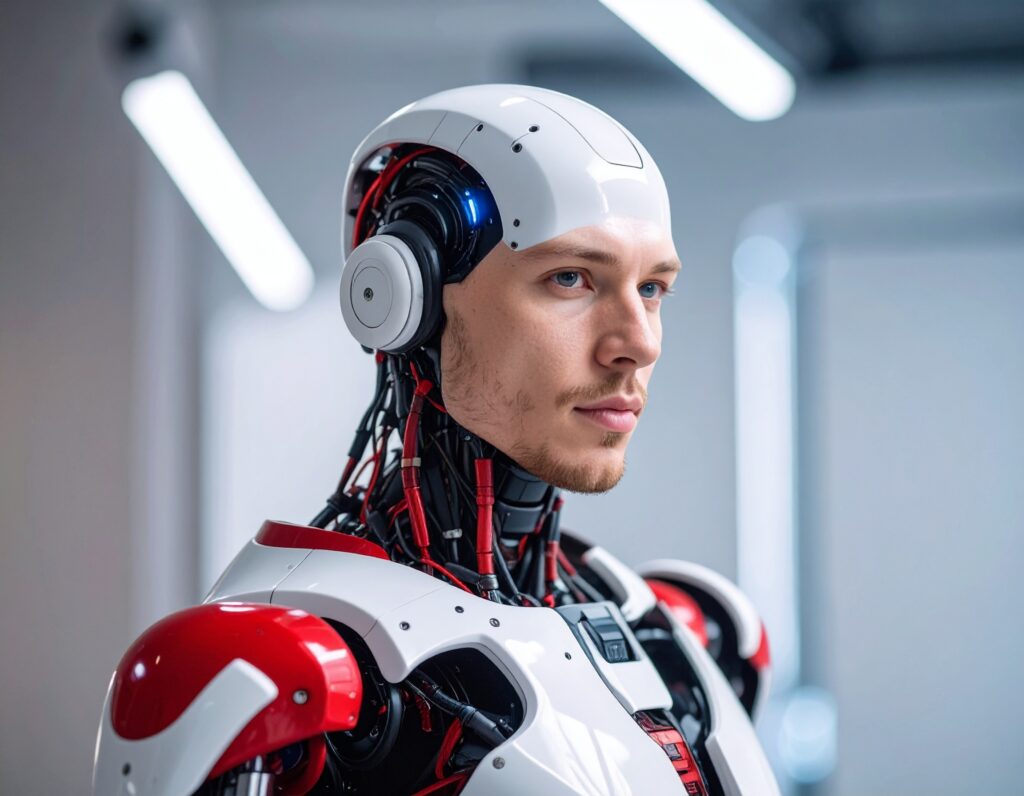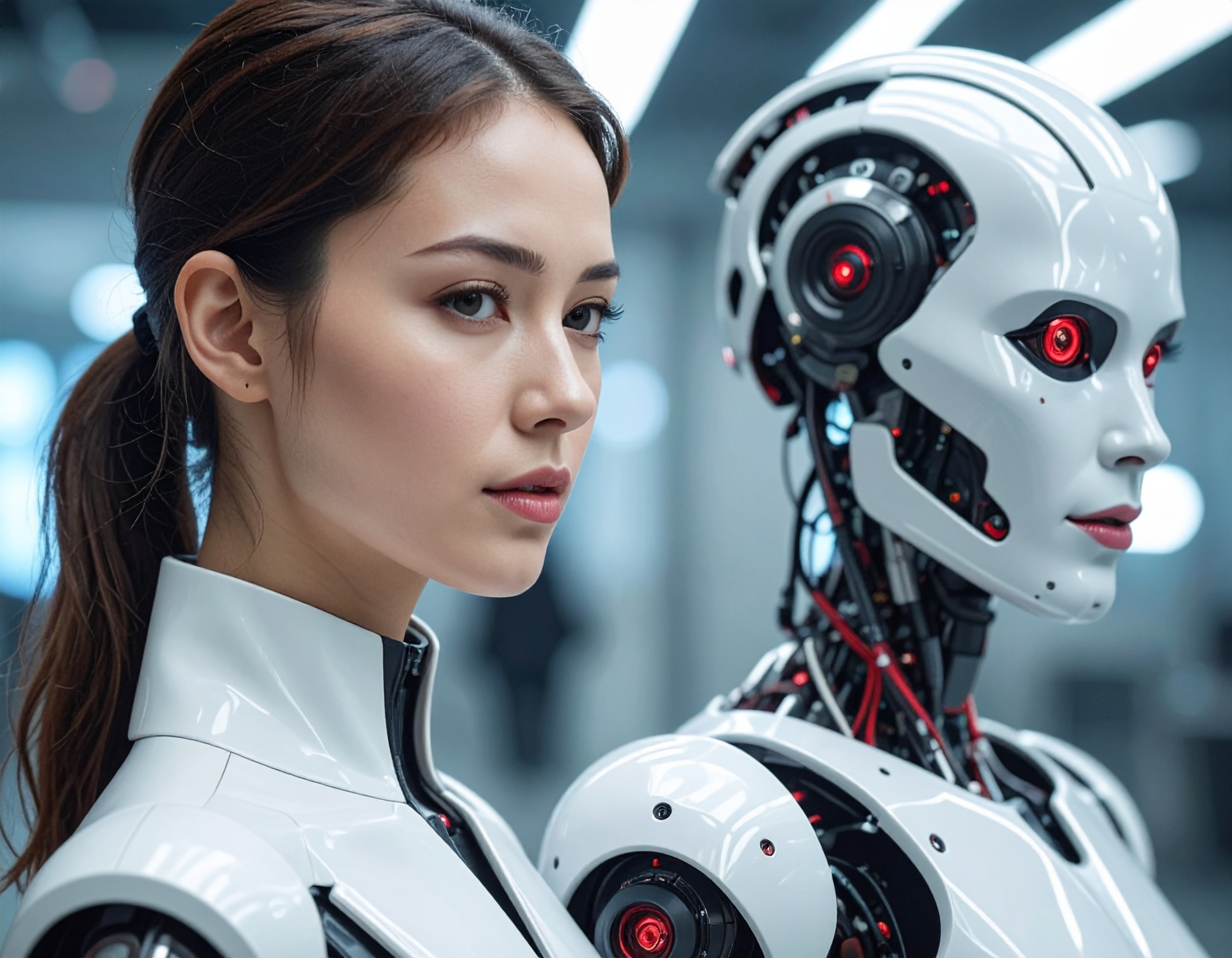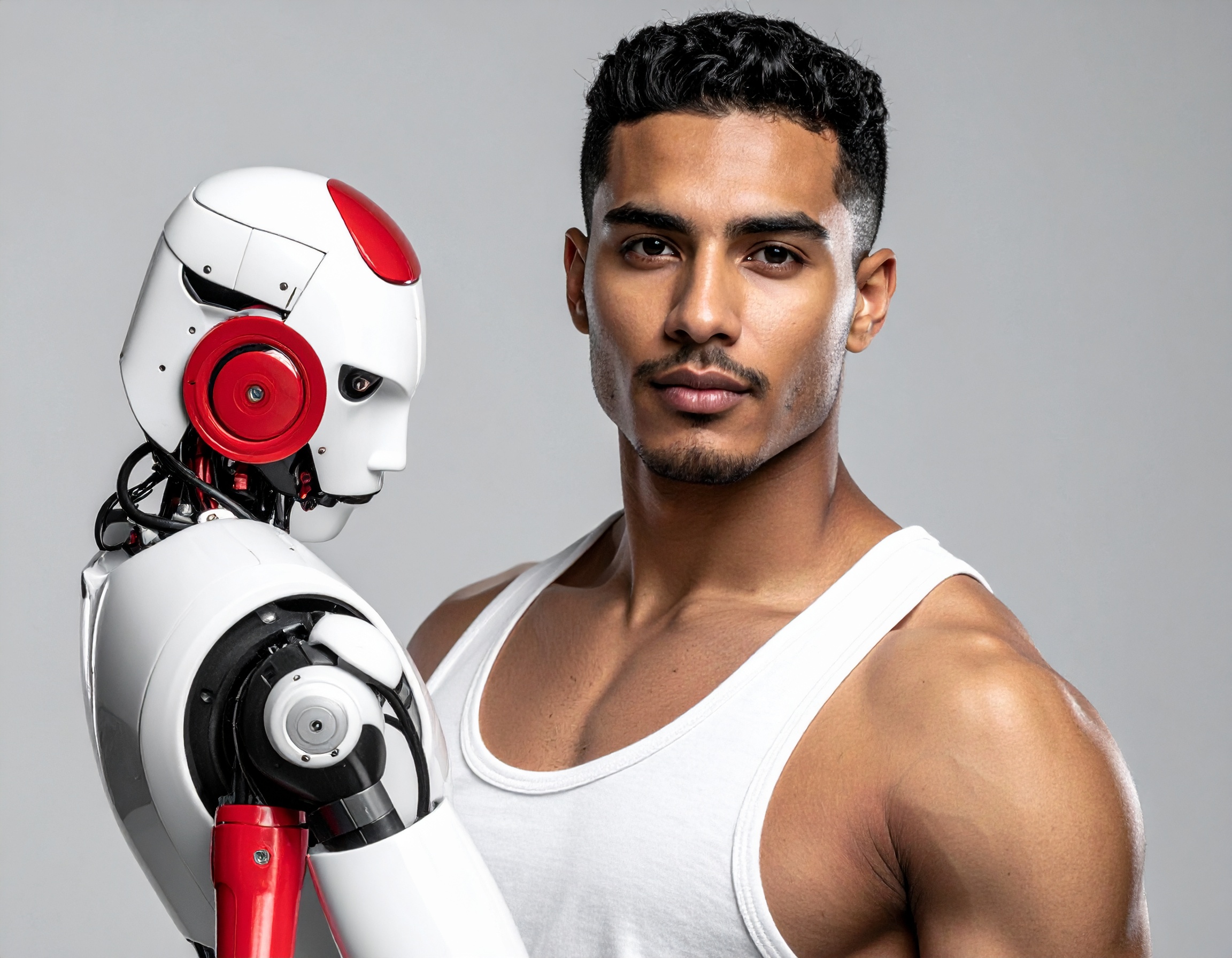AI Employee on the Move: Just Eat’s ‘Robo-Dogs’ Bring Non-Human Workers to Zurich Doorsteps

A New Era in Delivery Innovation
On August 25, 2025, AI Magazine announced that Just Eat Takeaway.com has launched a groundbreaking pilot in Zurich, Switzerland—deploying autonomous delivery robots powered by Physical AI in partnership with Swiss robotics firm RIVR . These AI Employees, affectionately dubbed “robo-dogs,” are being tested as Non-Human Workers to handle real-world food orders from local restaurant Zekis World, marking a pioneering step in European delivery automation .

What Happened and Why It Matters
Just Eat introduced wheeled-legged hybrid robots capable of traversing city environments at speeds up to 15 km/h, whether rain, snow, heat, or wind—while carrying up to 40 litres of food in a secure, compartmentalised cargo area . These Voice AI Agents (though non-verbal, their “voice” is the sensory-driven Physical AI) smoothly navigate around pedestrians, cyclists, vehicles, and urban obstacles like bins, grass patches, curbs, and stairs .
The delivery process mirrors a traditional courier experience: restaurants load orders into the robot’s locked compartment, and upon arrival, customers receive a notification and unlock it to retrieve their food . Remote monitoring enables real-time tracking and emergency responses—robots can halt instantly via automated systems or human intervention. Plus, visibility enhancements like lights and flags ensure safe operations both day and night .
Broader Context and Strategic Significance
This Zurich pilot builds on Just Eat’s broader automation strategy, which already includes the drone delivery trials launched earlier this year in Ireland in collaboration with Manna . Using Voice AI Agents in both aerial and ground formats enables Just Eat to explore where each method is best suited—drones for open, less obstructed routes and AI Employees (robots) for dense, pedestrian urban areas .
Zornitsa Chugreeva, Senior Global Innovation Director at Just Eat, emphasises the company’s vision: to “empower everyday convenience” through automation, enhancing service reliability and customer experience via innovation . RIVR’s CEO, Marko Bjelonic, adds that this marks a future where automation blends seamlessly into cities, aided by Physical AI that enables intuitive and safe interactions with the environment .
If successful, Just Eat plans to expand the robotic delivery model to other European cities later in 2025, and explore applications in retail and convenience store deliveries—highlighting the versatility and scalability of these “Non-Human Workers” .
Key Highlights:
- When & Where: August 2025, Zurich, Switzerland—pilot of Physical AI-powered delivery robots.
- Innovation at Work: Hybrid wheel-leg robots navigate urban obstacles and weather reliably.
- Capacity & Speed: Max speed ~15 km/h; 40-litre cargo with internal dividers to prevent spillage.
- How It Works: Secure handover—restaurant loads, customer unlocks upon arrival; remote monitoring and emergency stop features.
- Safety Features: Lights and flags ensure visibility day and night.
- Strategic Fit: Complements drone deliveries in Ireland; part of broader automation strategy.
- Voices in the Project:
- Zornitsa Chugreeva: Just Eat’s vision for convenience through automation.
- Marko Bjelonic: Physical AI’s role in creating safe, intuitive city-integrated automation.
- Future Outlook: Roll-out planned across Europe and expansion into other delivery domains underway.
Reference:


